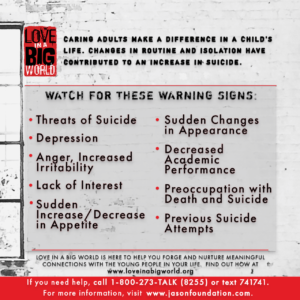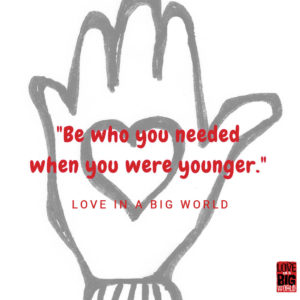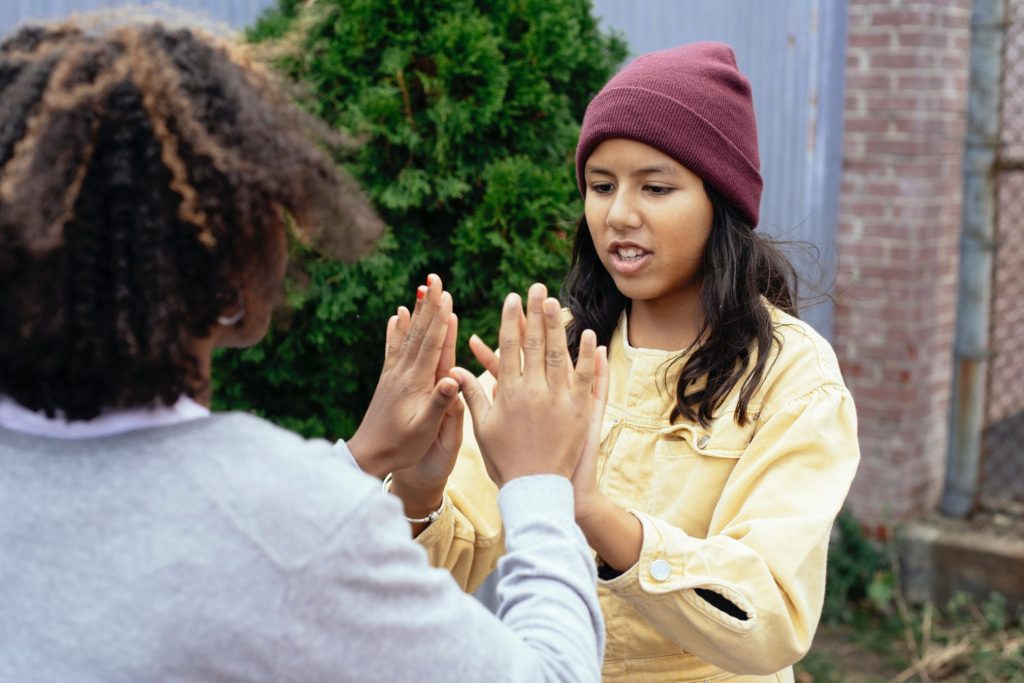Over the past 25 years of working with administrators and teachers around SEL, the pushback has been “I don’t have time for that” or “I don’t know what to do” or “I’m not a school counselor.” We are living in a state of emergency, and we must be fully present for our students. No excuses. More than ever, students need to know that they are not alone in this crazy world. We must communicate unceasingly that they are seen, known, valued, and loved. Friends, it’s time to put student well-being above student achievement. This approach aligns with Maslow’s hierarchy of needs.
Think about it. Even though we have renewed hope as a result of increased vaccinations and decreased restrictions, COVID has taken a toll on the hearts and minds of students, families, and teachers. The pandemic has adversely affected the provision of mental health services worldwide (Bojdani, et al. 2020). In addition to limiting access, it has increased demand for services. McCance-Katz (2020) has documented that since the pandemic began there has been a 1,000% increase in the use of the Disaster Distress Helpline, increases in calls to suicide prevention lines, increases in calls related to domestic abuse, increases in numbers of serious injury/death in infants/children, and higher rates in suicidal thinking in young adults.

- Threats of Suicide (verbal or written)
- Depression
- Anger, Increased Irritability
- Lack of Interest
- Sudden Increase/Decrease in Appetite
- Sudden Changes in Appearance
- Decreased Academic Performance
- Preoccupation with Death and Suicide
- Previous Suicide Attempts
In addition to formal interventions with trained counselors and mental health professionals for those in greatest need, we must provide ongoing support to all of our students. One of the best prevention methods for students is caring relationships with adults. We must create positive experiences by being intentional about our conversations and interactions with them. This can happen synchronously and asynchronously. Synchronously, either in person or virtually, it looks like explicit daily instruction about social-emotional health and character development. Taking 15-30 minutes per day to read and discuss stories and poetry, journal, and do related hands-on activities builds a bridge heart-to-heart. Asynchronously, this can happen through daily emails, Instagram posts, Twitter chats, and surveys.

For middle and high school students, invite them to lead the connection time with their peers by sharing a thought-provoking song or video and facilitating a reflective conversation about it. You may be surprised at how students open up and share with one another, especially when they know it is a safe space. If sensitive issues, such as abuse or neglect surface, have a one-on-one with the student and alert the school counselor for further support.
Re-entry into the world post quarantine is not easy for any of us, and I know you are weary with the constant pivots and long hours during this past year. My hope is that when we show up fully for our students, we will discover a renewed sense of purpose and energy ourselves.
Tips for cultivating healthy connections with students:
- Set a designated time and space. – Make connection time a regular part of your daily routine. Sit in a circle so everyone can see each other.
- State the established norms. – With the students, create the behavior contract for this time, such as: This is a safe space. We will listen when someone is talking because we may learn something. We will use our hands, feet, and words to build up, not tear down. We will work as a team.
- Be authentic. – Share your heart – what you are thinking and feeling.
- Listen. – Provide an opportunity for students to unburden their hearts. You don’t have to fix it. Let them process.
- Attend to your own needs outside of school time. – Be sure you are doing things to fill your own cup, such as exercising, taking nature walks, journaling, spending time with friends.
For breakfast, I had Dark chocolate (because I don’t drink coffee).
Author: @tamarafyke
